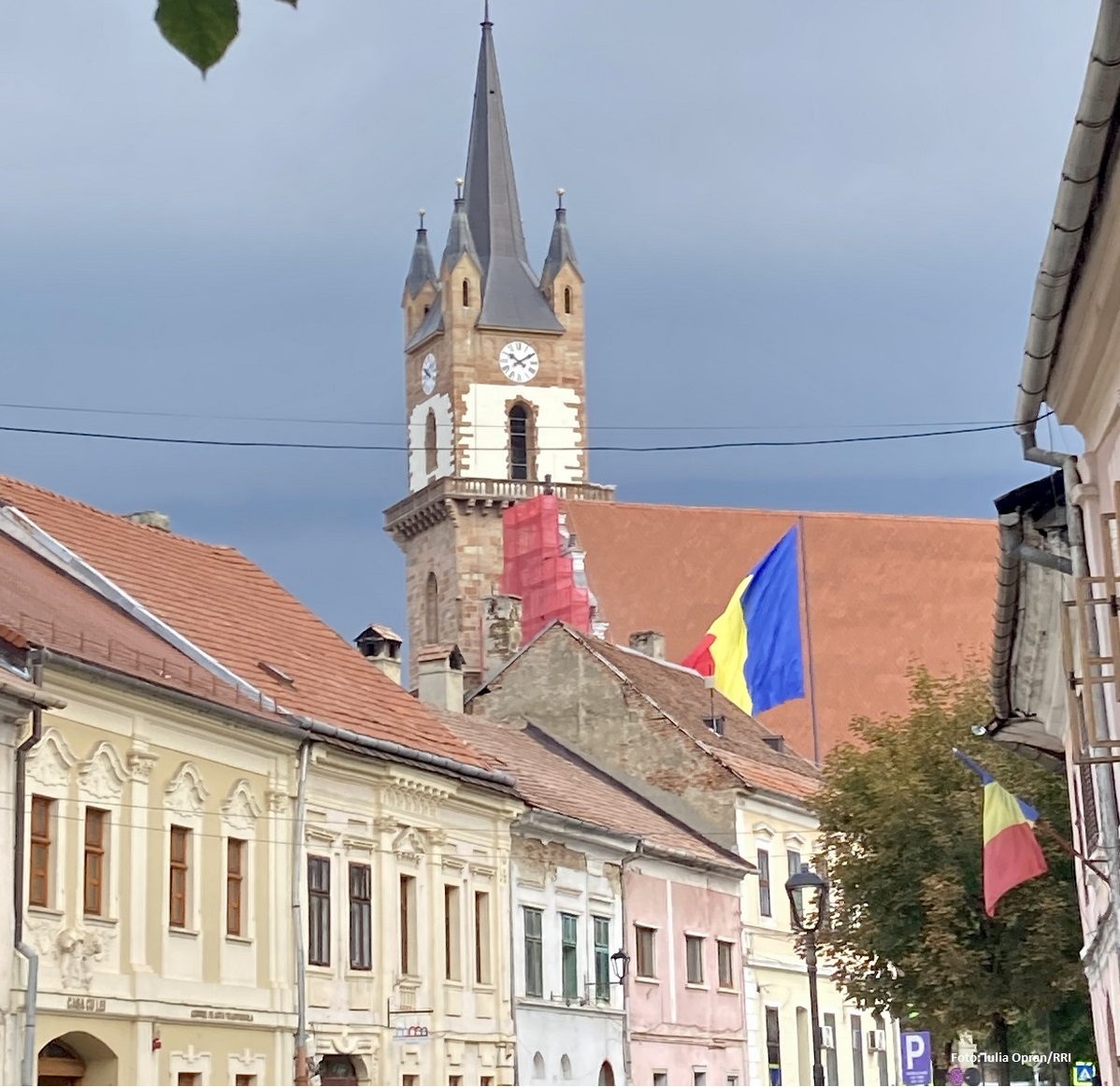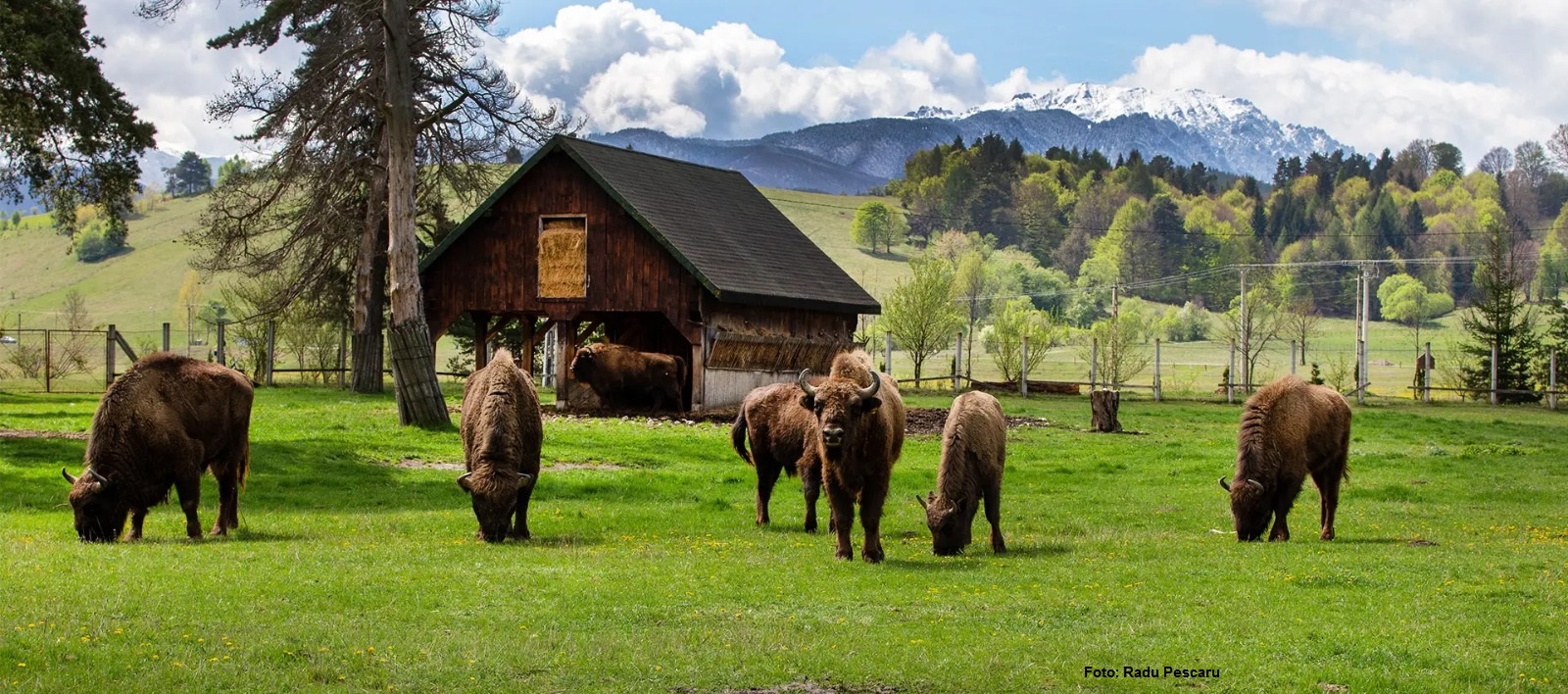Protected areas in Romania
Romania is home to one of the most valuable ecosystems at EU level.

Daniel Onea, 02.02.2017, 12:55
Romania is home to one of the most valuable ecosystems at EU level, including scientific reserves, nature reserves, national parks and nature parks, adding to which is the Danube Delta Biosphere Reserve. Romania’s protected areas total 1.6 million hectares, making it the richest EU country in terms of biodiversity.
Our first stop is the Bucegi NaturePark. It spreads over an entire massif and was created particularly due to its major importance for Romania’s natural heritage. According to official data, this protected area is one of the country’s most visited tourist spots, after the Danube Delta. The Park has over 32,000 hectares, from the high-altitude hillside to the Omu Peak, at 2,500 meters altitude. Apart from the area’s beautiful landscapes, tourists can also use the tourist infrastructure made available by local authorities, as well as the area’s ski slopes, which in recent years have seen a consistent modernization process.
Horia Iuncu, the director of the Bucegi Nature Park management, a subdivision of the ROMSILVA Forestry Authority, told us more: “The Bucegi Nature Park is Romania’s first protected area, with a legal management plan, sanctioned by the Government. It has very strict regulations regarding tourism and, to an equal extent, finding means of alternative tourism that should curb the negative impact on the environment. We are promoting ecotourism. We have no hunting activities here. Tourists only take pictures of the animals and enjoy their presence. We have theme trekking routes where we present the local wildlife and geology so as to keep the impact on the environment to a minimum”.
And now let us go to another protected area in Romania, the second in terms of popularity with tourists, the Danube Delta. It is a wide network of canals, lakes, reed covered islands, forests, pastures and sand dunes. It is home to over three hundred species of birds, and innumerable species of fish. It has over 1,150 species of plants. No wonder that UNESCO has designated the Danube Delta a Biosphere Reserve. You can visit it by boat hotels, by motorboats, you can go fishing, or you can take a guided photography tour, which are quite popular.
Here is Dragos Gociman, vice-president of the Tourism Employers’ Association in the Danube Delta: “The Danube Delta is an unique destination, not only for Romania, but for the entire world. Tourists should know that the Delta is not just for fishermen and hunters. It is a place where you experience freedom and where you feel very close to nature. The Delta is a place where you can discover what real fish soup tastes like. It differs from one season to the next, and each season you’ll discover another Delta. It would be very hard for me to specify which place I like best. I am thinking of a forest at dusk, close to the place where the Danube flows into the Black Sea, I am thinking of Letea forest, or a boat ride on the lakes, especially the row of lakes at Mila 23. There are plenty of places to see in the Delta. Foreign tourists coming here are amazed; they say they have discovered another Romania. They cannot believe what nature has to offer in the Delta, and they are also amazed by the quality of services in the area too.”
We’ll now go back to the mountains, more precisely to one of the most spectacular massifs of Romania: Piatra Craiului. Here you will find the most spectacular calcareous crest in Romania that exceeds 2000 meters and unique landscapes with steep ravines. Almost one third of the total number of flora species in Romania can be found here. The Piatra Craiului National Park spans almost 15 thousand hectares and the tourist offer includes visits to some virgin forests, trips for watching the brown bear in its own habitat from enclosed observation posts, mountaineering and climbing, visits to Romanian sheepfolds and equestrian tourism.
Tourists start their trip from the Park Visitor Centre. Mircea Vergheleţ is the director of the park administration: “It is practically a museum of the massif where tourists can find information about Piatra Craiului, about the species of flora and fauna in the park, about local traditions, and so on. We have a 10-minute documentary describing the way in which cheese in fir tree bark is made. The centre has many interactive elements and dioramas. You will also find there a three- dimensional model of the massif that comes to life by means of a projector located on the ceiling. On this model you will see the maps of tourist routes with the shelters in the National Park, the distribution of soils and habitats. All information, on monitors or boards, is both in Romanian and English. It was a rule which we adopted and which we respect. The tourist route is marked and we also have boards in Braille for the visually impaired people.”
If you find yourselves in Bucharest and don’t have time to travel to the mountains or the Delta, you can visit the Comana Nature Park nearby. Located 39 km from Bucharest, Comana is perfect for walking. It is a richly forested area with century-old trees, lakes and a monastery linked to the legendary Wallachian ruler Vlad the Impaler. An adventure park for the entire family is to be found nearby.
Valentin Grigore, the director of the park management, tells us more: “The park has approximately 8,000 hectares of forest and 2,000 hectares of wetland, swamps and waters. This is Romania’s second delta. It covers 1,200 hectares and is formed around Neajlov river. It is home to a large biodiversity, including 212 species of water birds and 1,250 species of plants.”
Each protected natural area has an internet page containing the latest updates. Also, maps, routes and information about accomodation are available at the local tourist information centres.






























